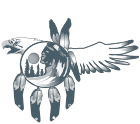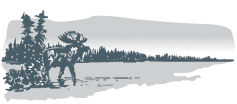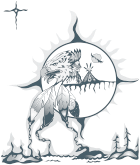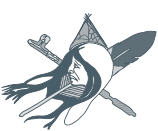
The Land That Gives Life
Named Places
qruB XBiS WnBSuPoB
When young people go out on the land, they come back with their language.
Anishinaabe Elder, in translation
Each place in Pimachiowin Aki is known, understood and named. Learning the names of places on the landscape imparts an intimate knowledge of the land, which is integral to survival.

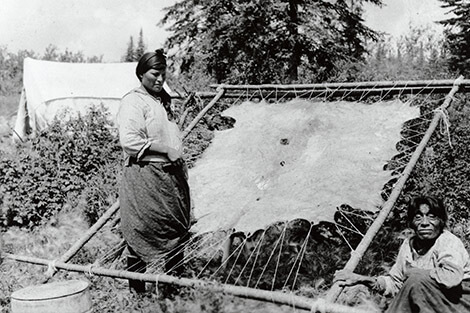
Stories
When traveling through the land, Anishinaabeg tell stories about the named places they encounter along the way. Some places are named after the topography or plant life found in the area. Other names reflect the histories of the people who have traveled through, observed, and made use of the land.
See our map of 149 named places in Poplar River First Nation
See the Bloodvein River First Nation Place Names Map
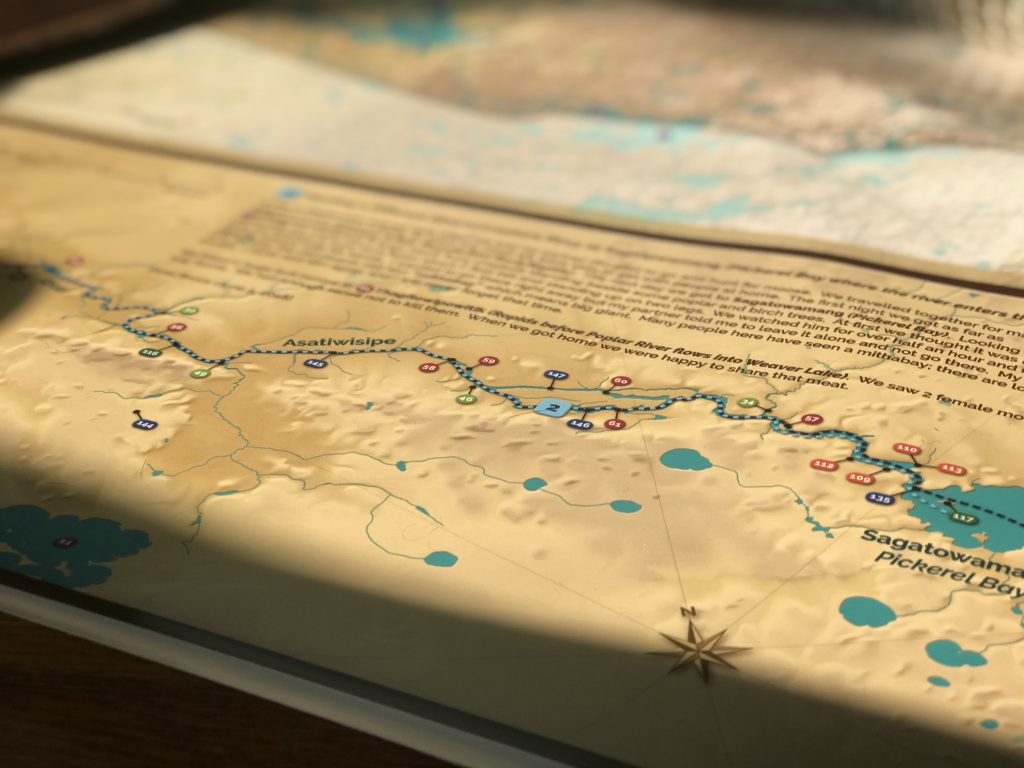
Listening to and talking about our place names is like reading a book. They tell stories of the landscape, the animals, birds, fish, plants and people. These named places ensure that these stories will carry on, sometimes for thousands of years.
When my father and grandfather would come back from the land, they would describe the places where they had been and tell us the names of those places. They were teaching us the stories of the land so we would always remember them. Sometimes we would go to places we had never been before and we were able to recognize where we were, and we knew the name of that place.
When my father was describing where he had been, he would say to us kee’apay namaytoowag, which means he could still feel the presence of people who had been there before. The stories of our ancestors are connected to those places and to us by the place names.
Sophia Rabliauskas
Want to learn Anishinaabemowin words and phrases?
Follow us on social media:
 Our Work
Our Work  Donate
Donate 